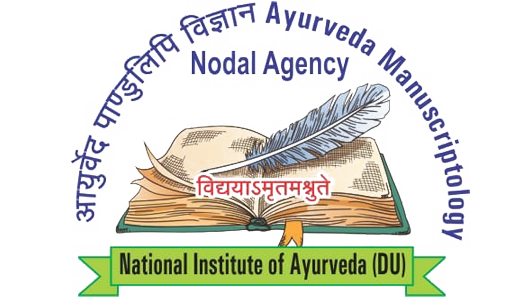
WEB PORTAL OF AYURVEDA MANUSCRIPTOLOGY
National Institute of Ayurveda
(Deemed To be University)
Ministry of AYUSH,
Govt. of India

Textual Criticism:
Textual Criticism
- Higher criticism : is a branch of literary criticism that investigates the origins of ancient text in order to understand "the world behind the text".
- The primary goal of this criticism is to ascertain the text's primitive or original meaning in its original historical context and its literal sense or sensus literalis historicus.
- The secondary goal seeks to establish a reconstruction of the historical situation of the author and recipients of the text. This may be accomplished by reconstructing the true nature of the events which the text describes.
- An ancient text may also serve as a document, record or source for reconstructing the ancient past which may also serve as a chief interest to the historical critic
Methods
- Historical-critical methods are the specific procedures used to examine the text’s historical origins, such as:
- the time,
- the place in which the text was written,
- its sources,
- the events,
- dates,
- persons,
- places,
- things, and
- customs that are mentioned or implied in the text
Lower Criticism
- Textual criticism is a branch of textual scholarship,philology, and literary criticism that is concerned with the identification of transcription errors in texts, both manuscripts and printed books.
- Ancient scribes made alterations when copying manuscripts by hand.
- Given a manuscript copy, several or many copies, but not the original document, the textual critic might seek to reconstruct the original text (the archetype or autograph) as closely as possible.
- The same processes can be used to attempt to reconstruct intermediate versions, or recensions, of a document's transcription history.
- The ultimate objective of the textual critic's work is the production of a "critical edition" containing a text most closely approximating the original.